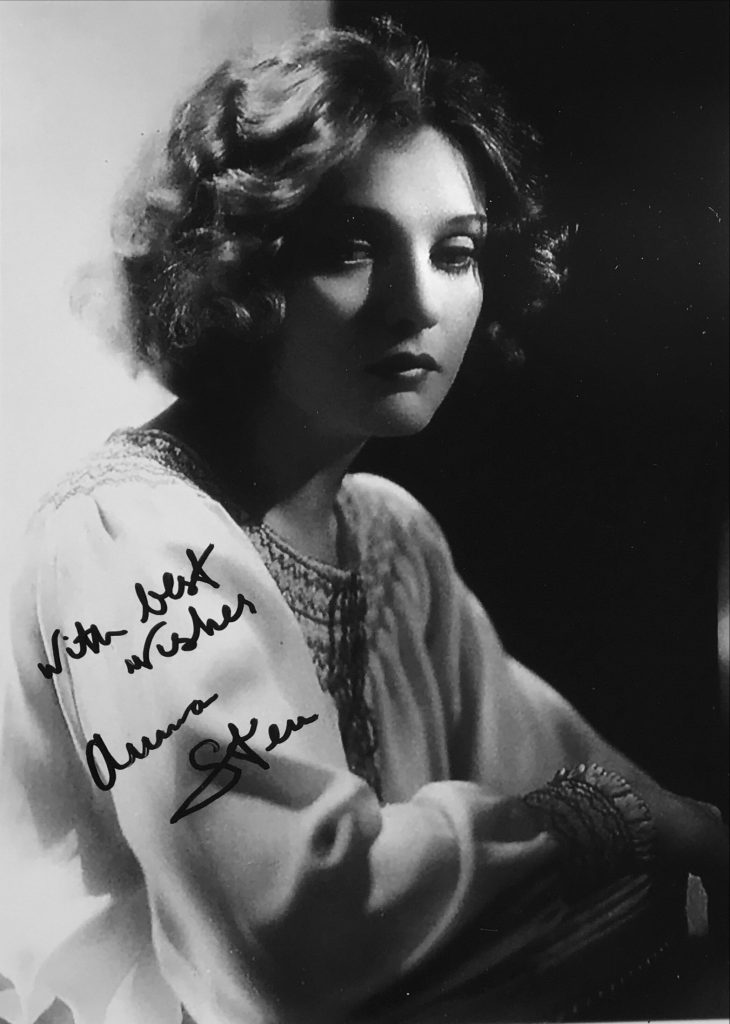
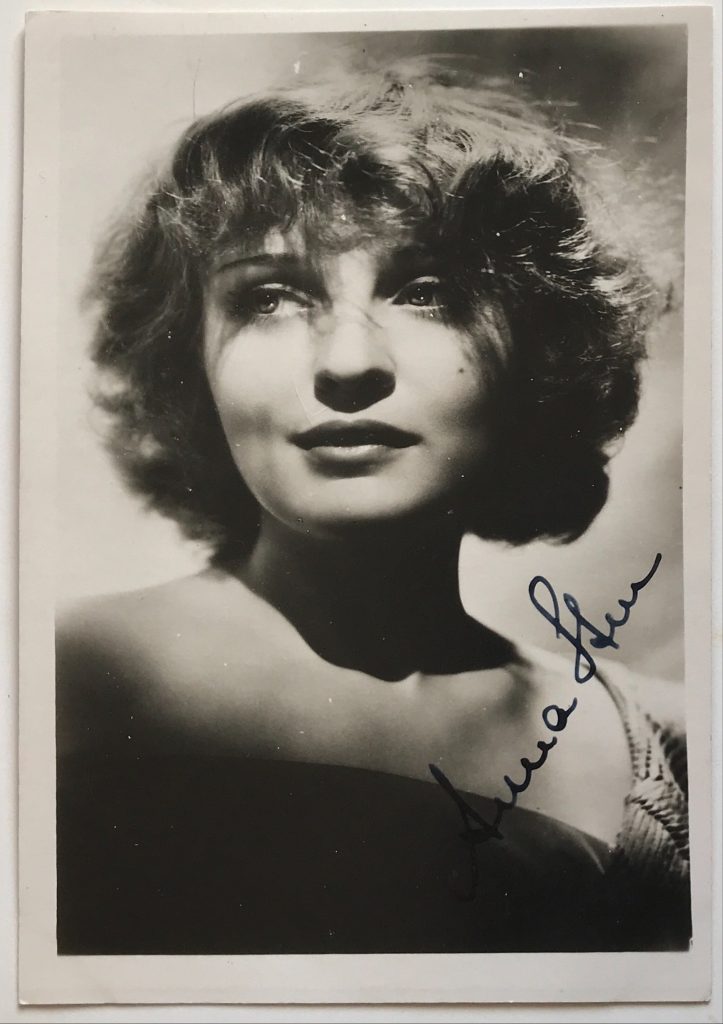
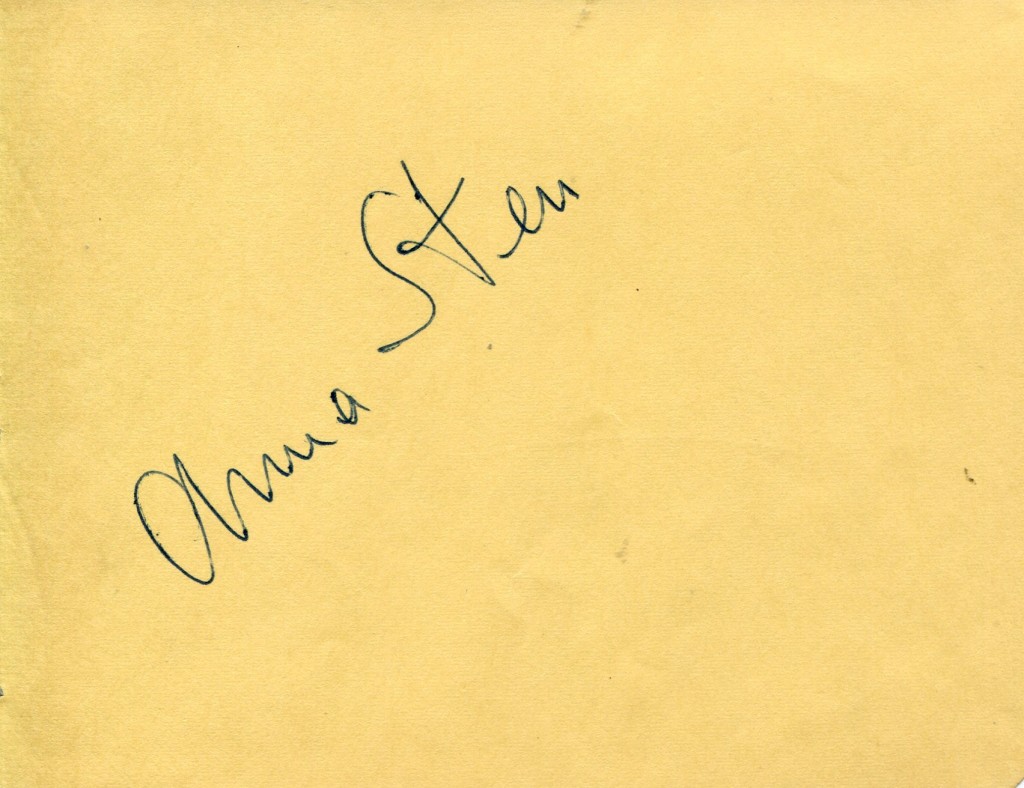
Anna Sten was hailed as a successor to Greta Garbo. It did not happen but she was a good actress and her Hollywood films are worth checking out. She was born in the Ukraine in 1908. She made some German silent films and made a smoth transition to sound with 1931’s “Trapeze” and “The Brothers Karamazov” which were seen by the U.S. producer Samuel Goldwyn. He brought Ms Sten to Hollywood where she made 1934 “We Live Again” with Fredric March and “The Wedding Night” opposite Gary Cooper.When the movies did not prove successful at the box office, Goldwyn cancelled her contract. She continued to make films throught the 1940’s but often in supporting roles. Her husband was a very successful American producer Eugene Frenke. Anna Sten died in New York in 1993 at the age of 84.
Her “Independent” obituary:
GARBO] DIETRICH] STEN] It doesn’t have the same ring to it, but if their pre-Hollywood work is considered, Anna Sten leaves the others at the starting gate (Garbo with admittedly only two films). In Hollywood it was a different matter. Imported on the strength of the success of the other two, Sten was reasonably expected to outshine both: but she became the outstanding, the most publicised of all those who didn’t make it. ‘Goldwyn’s folly’ she was called, after he had spent over dollars 5m on failing to make her a star.
She became famous in her native Soviet Union in the lead of Boris Barnet’s near-perfect comedy The Girl with the Hatbox (1927), as a naive country girl being either misunderstood or wooed by some of Moscow’s most colourful young men. One of these was the great screen villain Vladimir Fogel, and she ran foul of him again in the grim The Yellow Ticket (1928), directed by Fedor Ozep, whom she married. Again she was the girl from the steppes, Fogel the wealthy bourgeois Muscovite whose children she was looking after, and her refusal to play footsy finds her eventually working the streets.
Of her half-dozen Russian films, this became the most renowned throughout Europe, and Ozep took her to Germany to play Grushenka in his version of Dostoevsky, Der Morder Dimitri Karamasoff (1931). It may still be the best screen transcription of that writer, with Fritz Kortner on magnificent form as Dimitri, and Sten as the trollop who causes his downfall. This was one of the screen’s cliche roles, but Sten, part Marilyn Monroe, part Nancy Carroll, seemed never to have seen any previous screen vamp – let alone studied them.
Word from Europe was that Sten could out-Garbo Garbo, so Goldwyn was mindful to have her under contract. It was not perhaps a mistake on his part to publicise Sten as the new Garbo, since such was the fate of most of the other (female) European imports – though few of these remained residents of LA for long. It was an error to announce that her grooming would be in the hands of Dietrich’s mentor Josef von Sternberg, when neither he nor the equally autocratic Goldwyn ever took kindly to any ideas but his own. It was also foolish to spend two whole years with a constant barrage of publicity emerging about ‘tests’, plus the amounts being spent to turn Sten into a Hollywood ‘personality’, and on the search to find the vehicle to launch her.
It went without saying that puritan America was titillated by this formula: Old Europe plus beauty equals sin and temptation, and it was Zola’s whore, Nana, who became Sten’s first transatlantic incarnation – though not without a record number of tribulations. The first version, directed by George Fitzmaurice, was scrapped, and it was entirely remade by Dorothy Arzner. Goldwyn booked Radio City Music Hall for two almost unprecedented weeks (King Kong was another matter) – this was 1934 – and the suspense engendered among moviegoers, which meant just about everybody, was ended: it wasn’t that Sten wasn’t any good, but that she wasn’t very good. Acting in English, she was just another arch and accented seductress; and Zola’s great original had become merely another pot-bouille of the sins available to those who frequented the boulevards.
Goldwyn quickly rallied, returning Sten to Russia for a version of Tolstoy’s Resurrection, now entitled We Live Again (1934), directed by Rouben Mamoulian. Fredric March played the Prince who lives an idyll with his peasant sweetheart and has his way with her, later, after learning the ways of the Imperial court. He repents after she has lost the baby and slipped far, far along the primrose path. This adaptation made Tolstoy irredeemably coy and was avoided by cinemagoers who had already had two chances to see Hollywood versions of this tale during the previous seven years.
Goldwyn tried again, and again with a notable director, King Vidor, The Wedding Night (1935). Sten became a Polish Connecticut peasant girl who attracts the discontented city writer Gary Cooper
interesting information on Anna Sten please view:
http://filmstarpostcards.blogspot.ie/search/label/Anna%20Sten
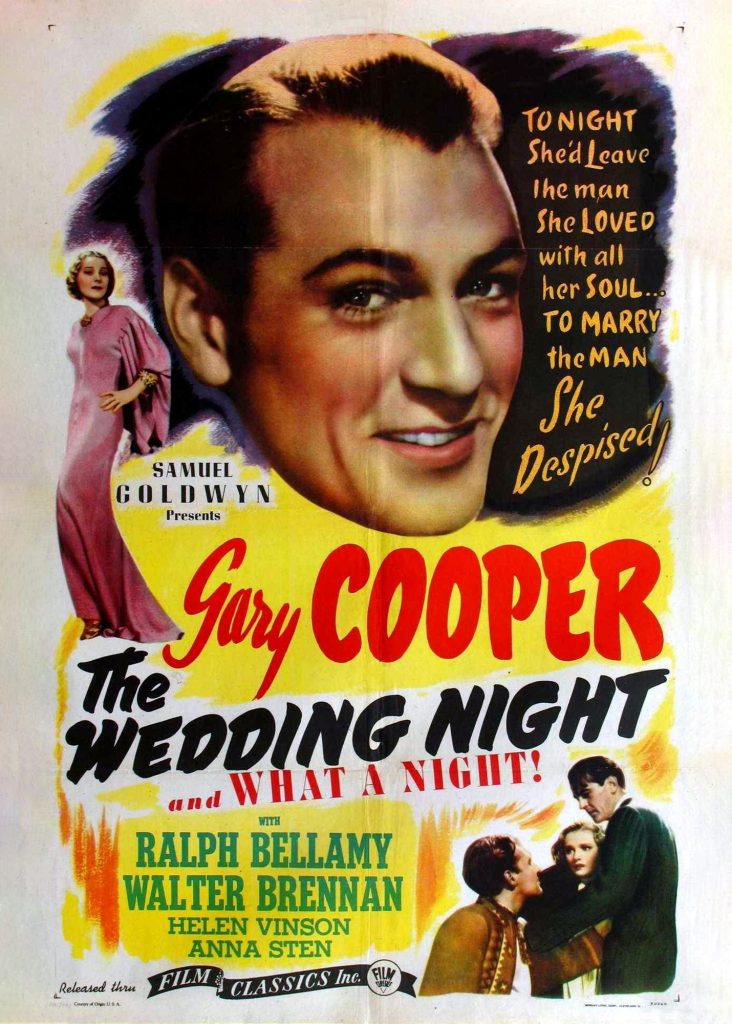
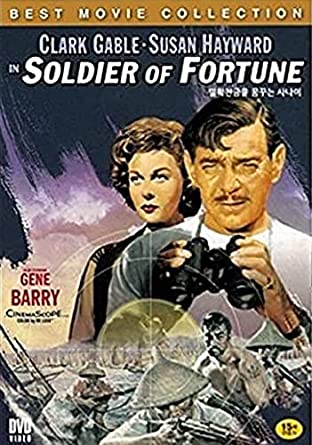
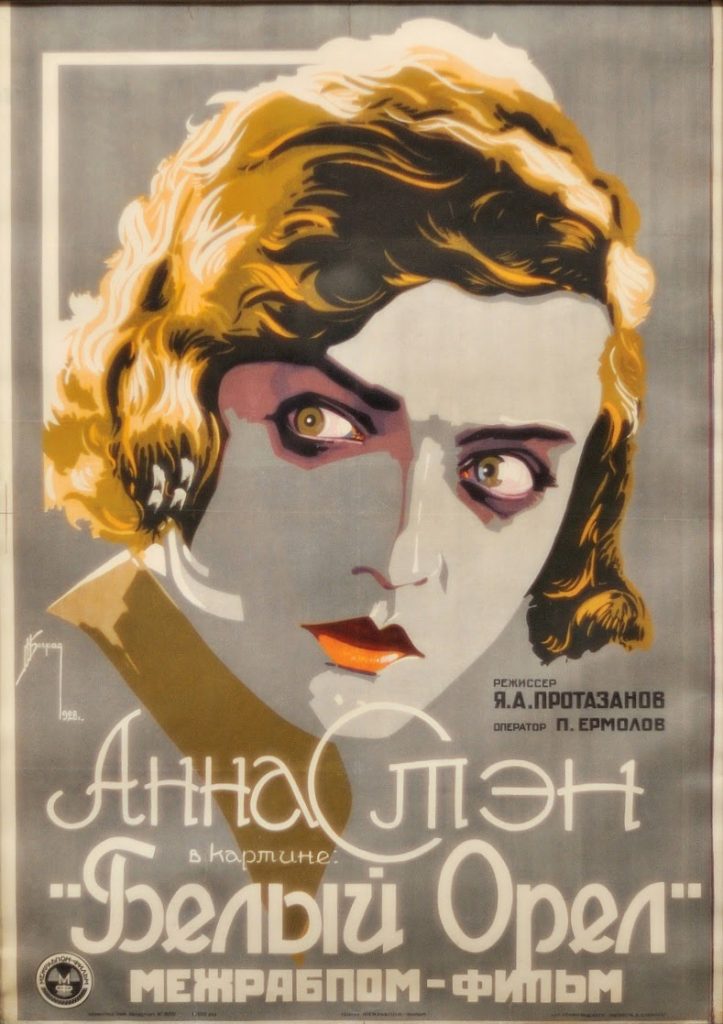
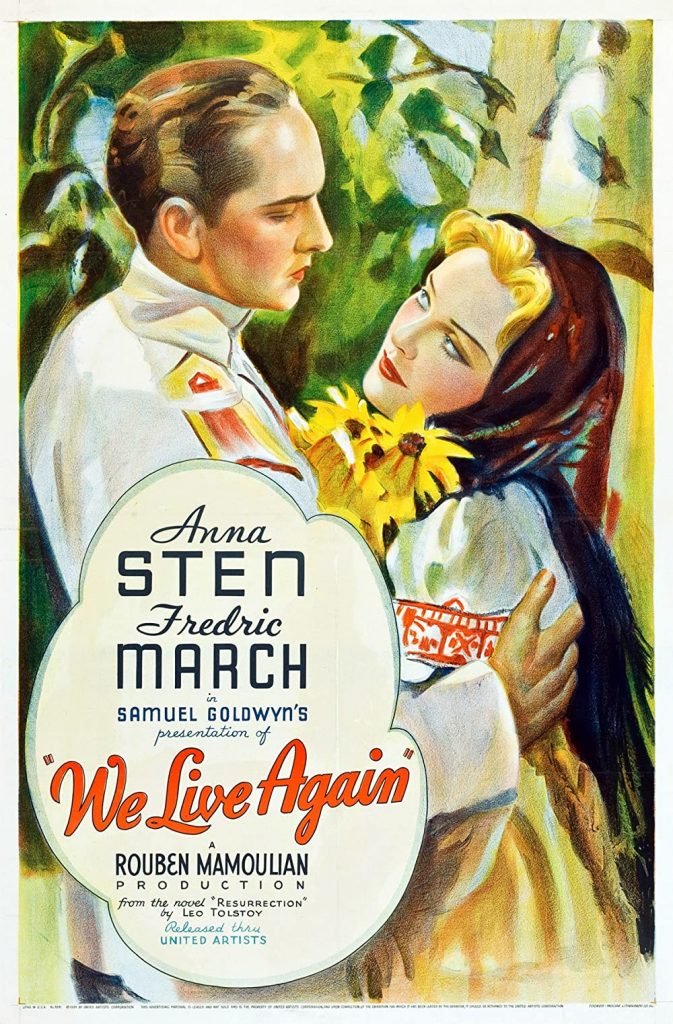
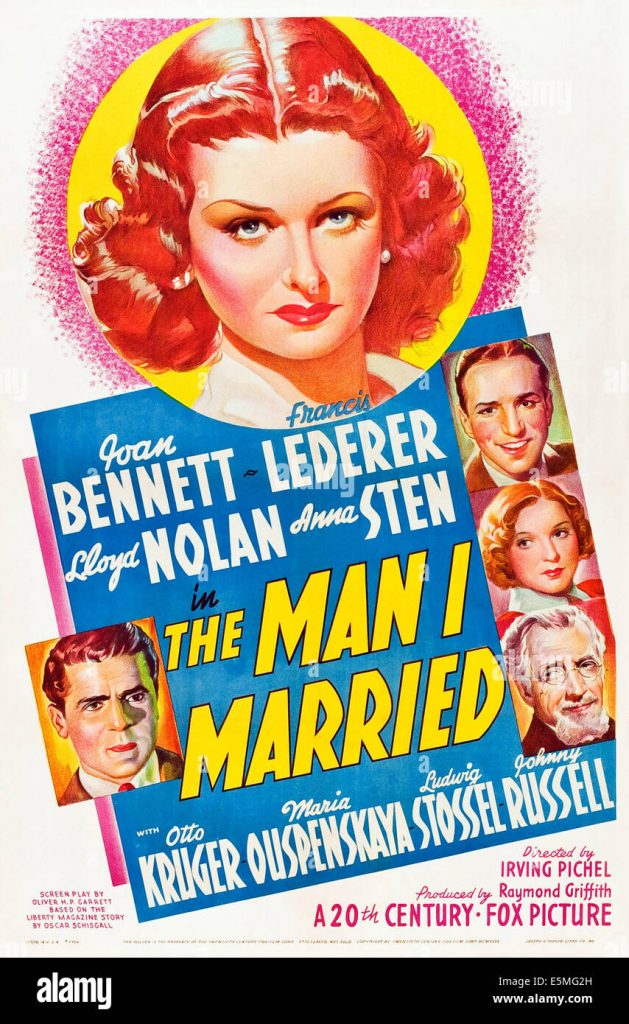
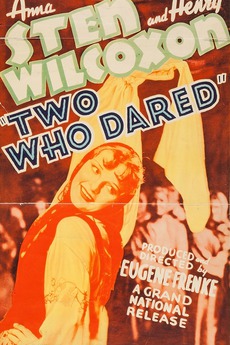

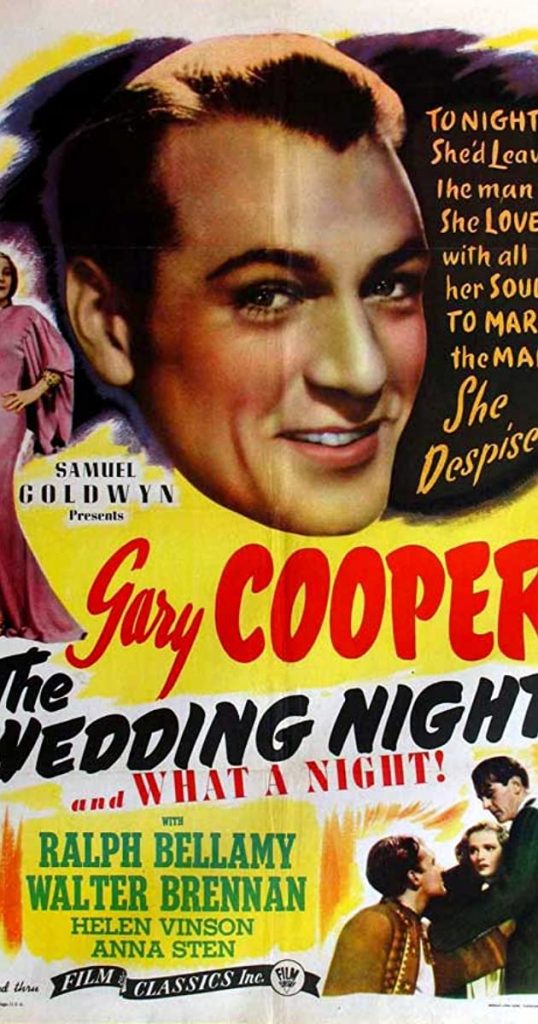
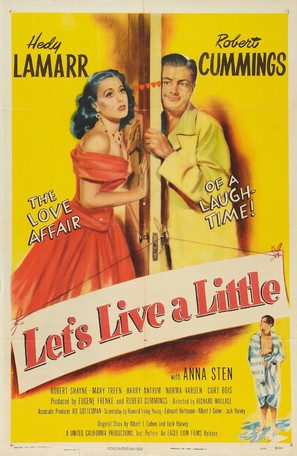
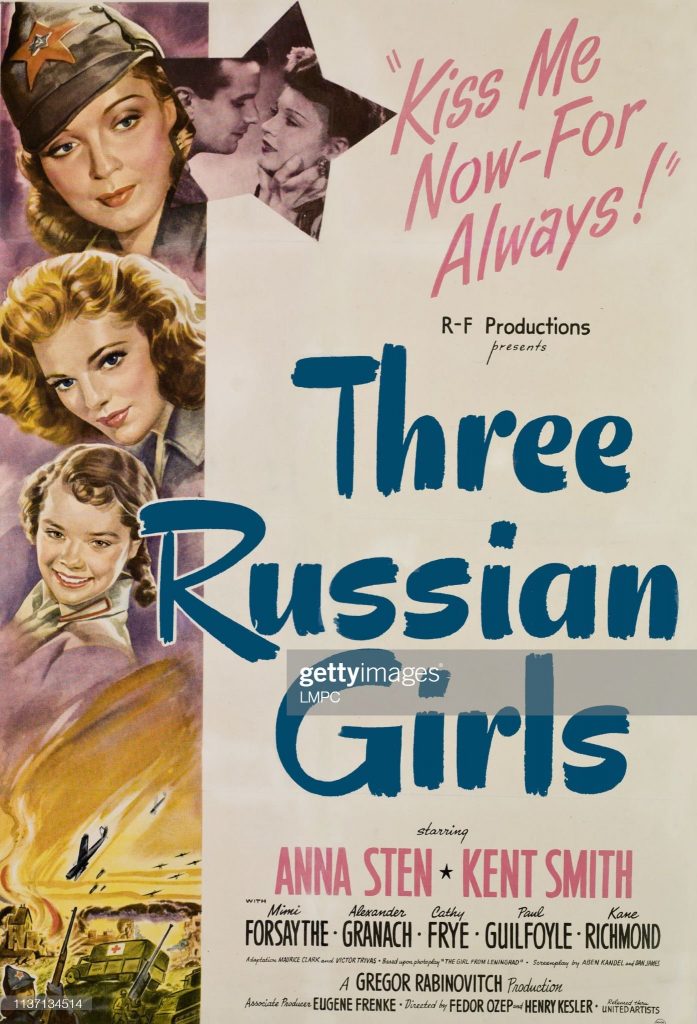
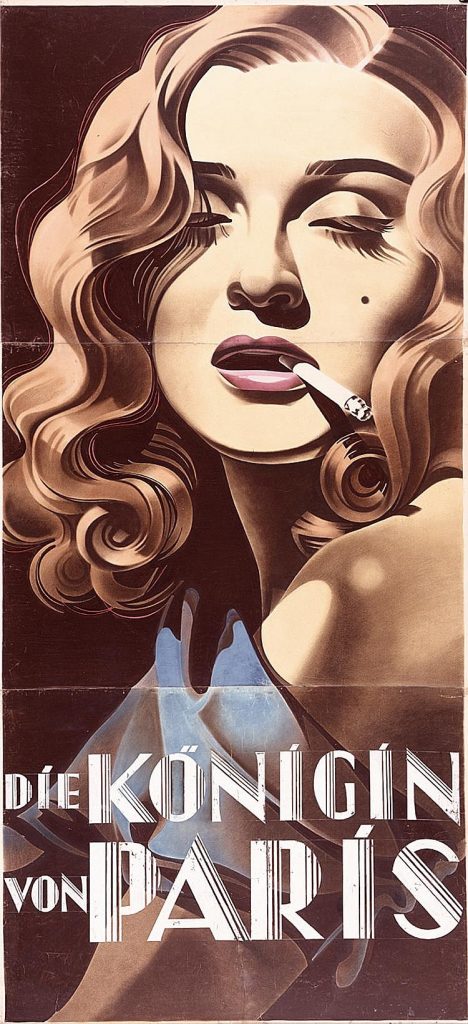
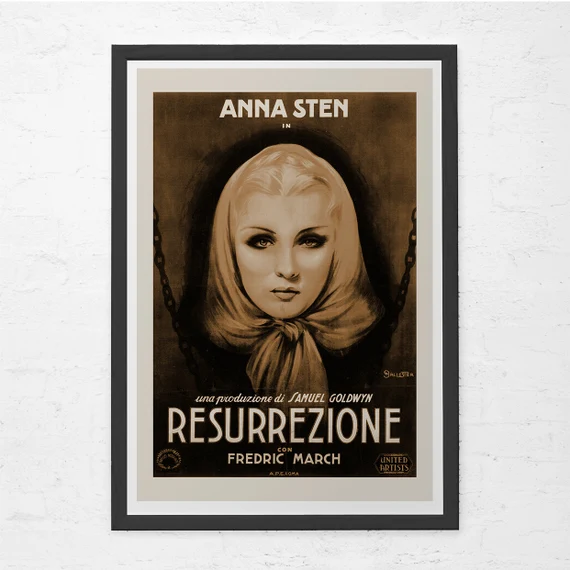
When The Wedding Night became one of the few Cooper films to lose money Goldwyn was forced, finally, to see the writing on the wall. In letting Sten go he was relieved, at least, of the constant battles with her and her second husband, Eugene Frenke, over the publicity. Frenke took her to Britain for A Woman Alone (1936), which Ozep directed. Little was heard of it and less of Sten, till Hollywood’s enthusiasm for Russia’s war effort brought a few offers in films extolling the same. A handful of other movies followed, and in the Fifties she attempted to revive her career by studying at the Actors’ Studio. This led to the tour of Weill’s The Threepenny Opera, as Jenny, following its first presentation in New York, when Louis Armstrong’s record of ‘Mac the Knife’ did no harm at all. Sten found greater success with a new career – as a painter, exhibiting several times in New York.
She was one of cinema’s great enigmas. Most of the movies and people whom Goldwyn believed in are among the most disposable artefacts of Hollywood’s past. The exceptions – Cooper, Ronald Colman, William Wyler – worked with him under duress, for high salaries or/and brooking no interference. To read about Sten and Goldwyn or see the films she made for him is to be reminded of the inanities of an era long gone: but those of her dozen European films that I have seen might have been made yesterday.
The avove “Independent” obituary can also be accessed online here.
For

